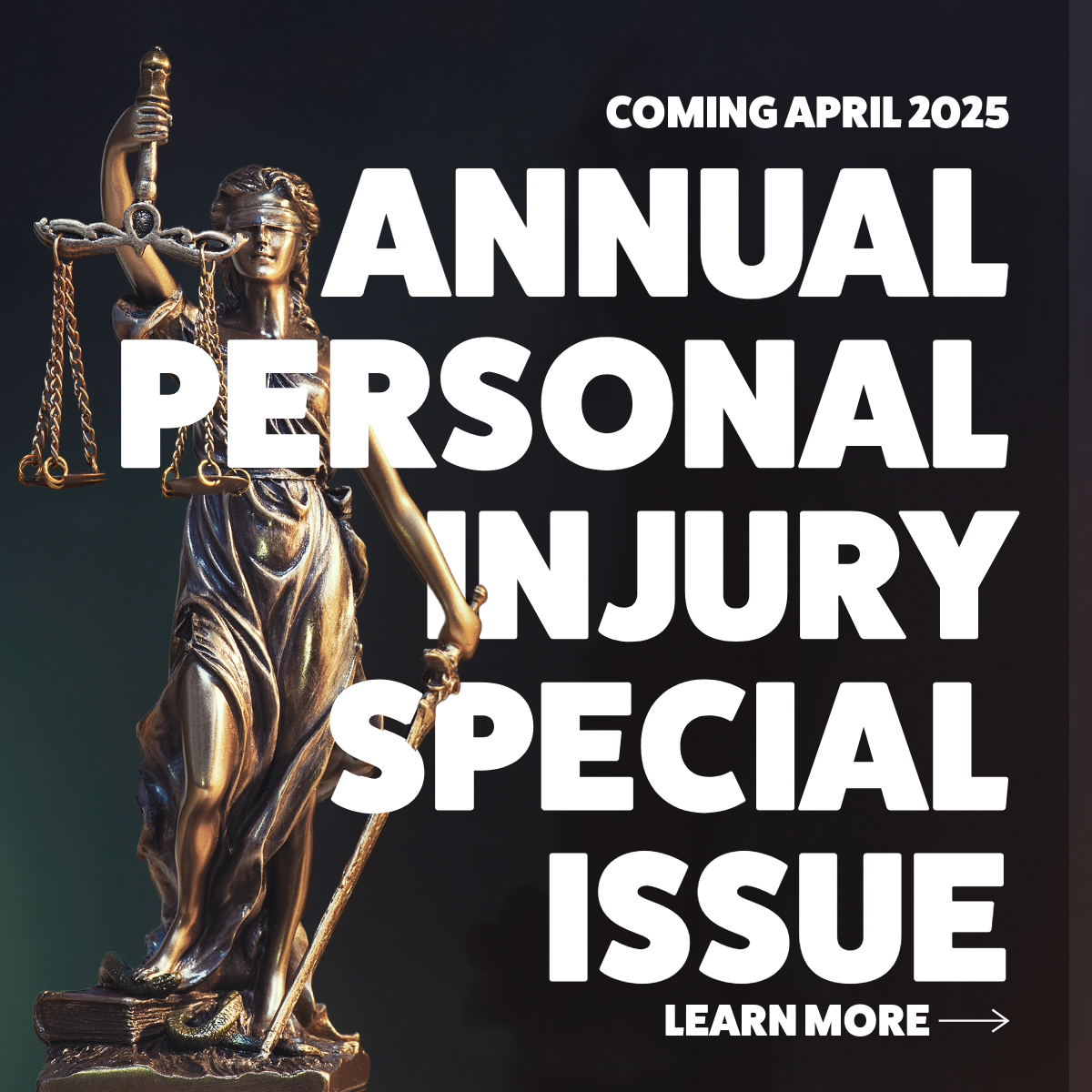The tax regime we’ve been enjoying in recent decades through the Tax Cuts and Jobs Act (TCJA) will expire at the end of 2025. Unless a new law is passed, ordinary income tax brackets will increase to pre-TCJA rates and the estate tax exemption will decrease to pre-TCJA levels. Those with significant incomes and estates close to $5 million will want to consider implementing some reasonable strategies to prepare.
Qualified Charitable Distributions (QCDs)
This first strategy is only for those currently taking required minimum distributions (RMDs) from their IRA. Many in retirement don’t have significant deductions to allow them to itemize beyond the standard deduction. What if there was a way to never have received some of your income so you don’t have to deduct it away? A qualified charitable distribution (QCD) goes directly from the IRA to the qualified charity. If RMDs are boosting the amount of social security income subject to taxation or just giving an unwanted increase to income, this strategy can help those age 72 or older.
Roth IRA Conversions
Although there is an income limit for Roth IRA contributions, there is currently no income limit on Roth conversions. This strategy increases income in the short-term as assets are converted but may help smooth the road in retirement. Roth distributions are one of the only types of income not counted when determining taxation of social security benefits. Also, there are no RMDs required from Roth accounts. They are excellent estate accounts as there is also no income tax when withdrawn by beneficiaries. Unless certain criteria are met, Roth IRA owners must be 59½ or older and have held the IRA for five years before tax-free withdrawals are permitted and each converted amount may be subject to its own five-year holding period.
Annual Exclusion Gifting
Individuals can give up to $15,000 tax-free to an unlimited number of donees without impacting their lifetime gift tax exemption (currently over $11 million per individual, scheduled to fall after the TCJA sunsets). This is a helpful strategy for reducing the estate and benefiting following generations. Those who don’t want to gift outright to their intended donees could also consider an irrevocable trust which allows the annual gifts to be disbursed at a later date.
529 Plans
Although made for funding education, 529 College Savings Plans have unique features to help those with large estates. Donors to the plans can front-load up to five years of annual gifting to a recipient’s plan … that’s up to $75,000 all at once. Married donors can each gift the same amount to each done … that would be up to $150,000 gone from the taxable estate in one fell swoop. If there are multiple children to bless, that number grows quickly. Note that there can’t be any other gifts to those recipients until five years pass. Here’s the best part: the assets in the 529 plan are outside of the donor’s taxable estate but still owned and controlled by the donor. This means that disbursements may be made for the benefit of the donee but the corpus of the fund may be recalled at any time if there is a need. It is both out of the estate and available, if needed.
Investors should consider, before investing, whether the investor’s or the designated beneficiary’s home state offers any tax or other benefits that are only available for investment in such state’s 529 savings plan. Such benefits include financial aid, scholarship funds, and protection from creditors.
Charitable Trusts and Donor Advised Funds (DAFs)
Those who are charitably inclined and are facing large tax bills due to Roth conversions, business sales, or the sale of other highly-appreciated assets should consider the use of charitable trusts and/or donor advised funds (DAFs) to help mitigate their income tax liability. These are excellent tools for dealing with securities with a low cost-basis which would otherwise be a tax liability. Contribution to the trust or DAF is a completed charitable gift to be disbursed later.
When change is in the air, it’s good to plan ahead. You should discuss tax or legal matters with the appropriate professional. As always, this article doesn’t exhaust the full breadth of all available options.










